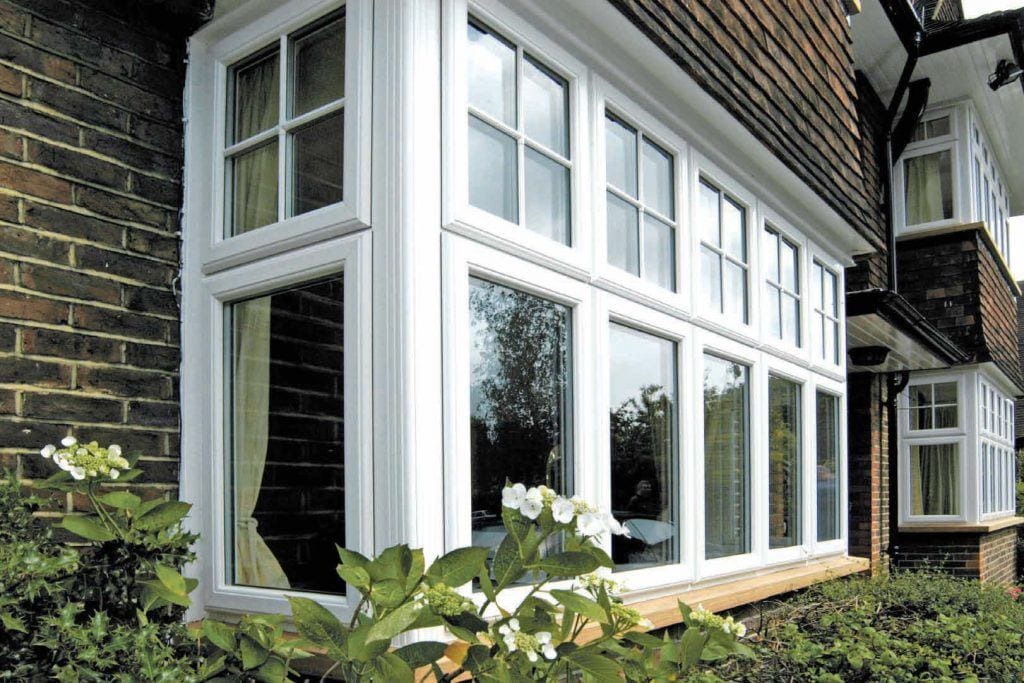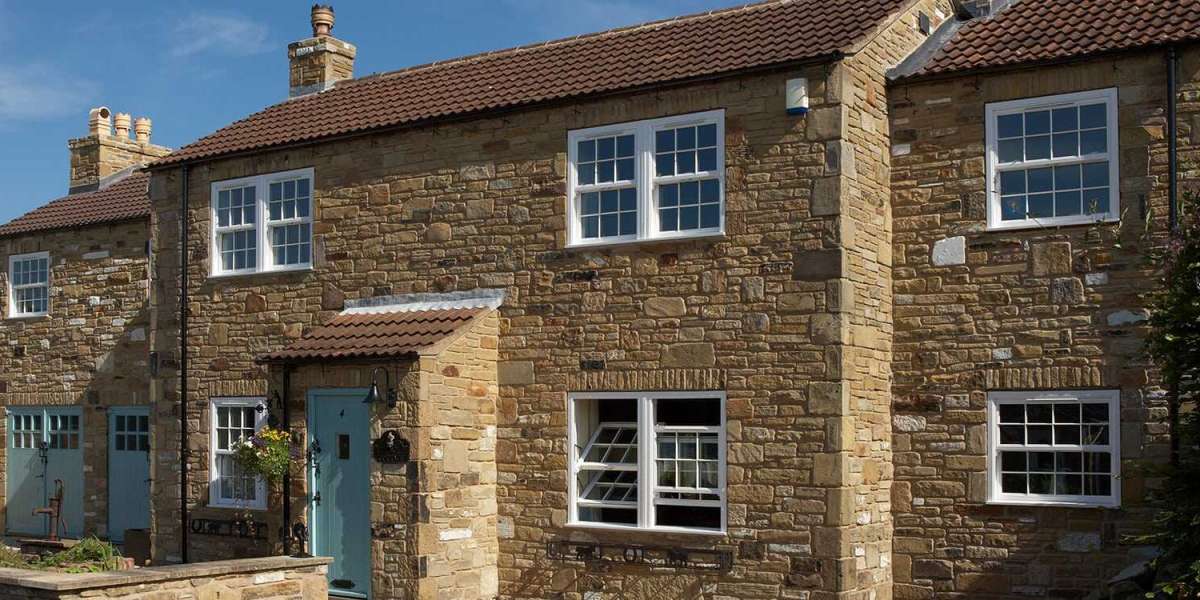Double glazed windows, also known as insulated glazing units (IGUs), have become a popular choice for homeowners and builders alike due to their numerous advantages over single-pane windows. This article will delve into the workings of Double Glazing Installer St Albans glazed windows, explore their benefits, discuss the different types available, and provide insights into the installation process.
What Are Double Glazed Windows?
Double glazed windows consist of two panes of glass separated by a spacer bar and sealed to create an airtight space. This design is intended to improve thermal insulation, reduce noise, and enhance the overall energy efficiency of a building. The space between the glass panes can be filled with air or an inert gas like argon or krypton, which further improves insulating properties.

Benefits of Double Glazed Windows
- Energy Efficiency: One of the primary advantages of double glazed windows is their ability to enhance energy efficiency. They reduce heat loss in winter and keep homes cooler in summer. This can lead to significant savings on heating and cooling costs, making them an environmentally friendly choice.
- Noise Reduction: The sound-dampening properties of double glazed windows are considerable. The air or gas-filled space between the panes acts as a buffer, minimizing the transmission of sound. This is particularly beneficial for homes located in noisy urban areas or near busy roads.
- Increased Security: Double glazed windows are harder to break than single-pane windows, providing an additional layer of security for your home. The two panes of glass make it more difficult for intruders to gain access, which can deter break-ins.
- Condensation Control: Double glazing helps to prevent condensation from forming on the interior surfaces of windows. This is particularly important in areas with high humidity levels, as condensation can lead to mold growth and damage to window frames.
- UV Protection: Many double glazed windows come with low-emissivity (Low-E) coatings that reflect harmful ultraviolet (UV) rays. This not only helps to protect your furnishings and flooring from fading but also contributes to overall comfort by reducing glare.
- Aesthetic Appeal: Double glazed windows are available in a variety of styles and finishes, allowing homeowners to choose options that complement their architectural design. They can also enhance the overall curb appeal of a property.
Types of Double Glazed Windows
There are several types of double glazed windows, each designed to cater to different needs and preferences:
- Standard Double Glazing: This is the most common type, featuring two panes of glass with an air or gas-filled spacer. It is suitable for most residential applications.
- Triple Glazing: While not technically double glazing, triple-glazed windows consist of three panes of glass and provide even better insulation. They are ideal for extremely cold climates but can be more expensive than double glazing.
- Low-E Double Glazing: This type features a special coating that reflects heat back into the home during winter while keeping it out during summer. It is an excellent choice for energy efficiency.
- Acoustic Double Glazing: Designed specifically for noise reduction, acoustic double glazing uses thicker glass and specialized spacers to minimize sound transmission. This is ideal for homes in noisy environments.
- Self-Cleaning Double Glazing: Some double glazed windows come with a special coating that helps break down dirt and grime, allowing rainwater to wash it away. This is particularly useful for hard-to-reach windows.
Installation Process
Installing double glazed windows is a task best left to professionals, as it requires precision and expertise to ensure optimal performance. However, understanding the general process can help homeowners know what to expect.
- Assessment: A professional will assess the existing windows and the overall condition of the frames. This step is crucial to determine whether the frames can accommodate double glazing or if they need to be replaced.
- Measurement: Accurate measurements are taken to ensure that the new double glazed units fit perfectly within the existing frames. This step is vital for preventing air leaks and ensuring energy efficiency.
- Removal of Old Windows: The old windows are carefully removed, taking care not to damage the surrounding structure. This step may involve removing trim and caulking.
- Preparation: The window frames are cleaned and repaired if necessary. Any gaps or damages are addressed to ensure a proper seal for the new windows.
- Installation of Double Glazed Units: The new double glazed units are placed into the prepared frames. Professionals will ensure that they are level and properly aligned.
- Sealing and Finishing: Once the units are in place, they are sealed with weatherproof caulking to prevent air and water leaks. Trim and finishing touches are then added to complete the installation.
- Final Inspection: A thorough inspection is conducted to ensure that the windows are functioning correctly and that there are no gaps or leaks.
Conclusion
Double glazed windows offer a multitude of benefits, including improved energy efficiency, noise reduction, enhanced security, and aesthetic appeal. With various types available, homeowners can choose the best option to suit their needs and preferences. While the installation process can be complex, hiring professionals ensures that the windows are installed correctly, maximizing their performance and longevity. Investing in double glazed windows is a smart choice for anyone looking to enhance their home’s comfort, security, and energy efficiency.








